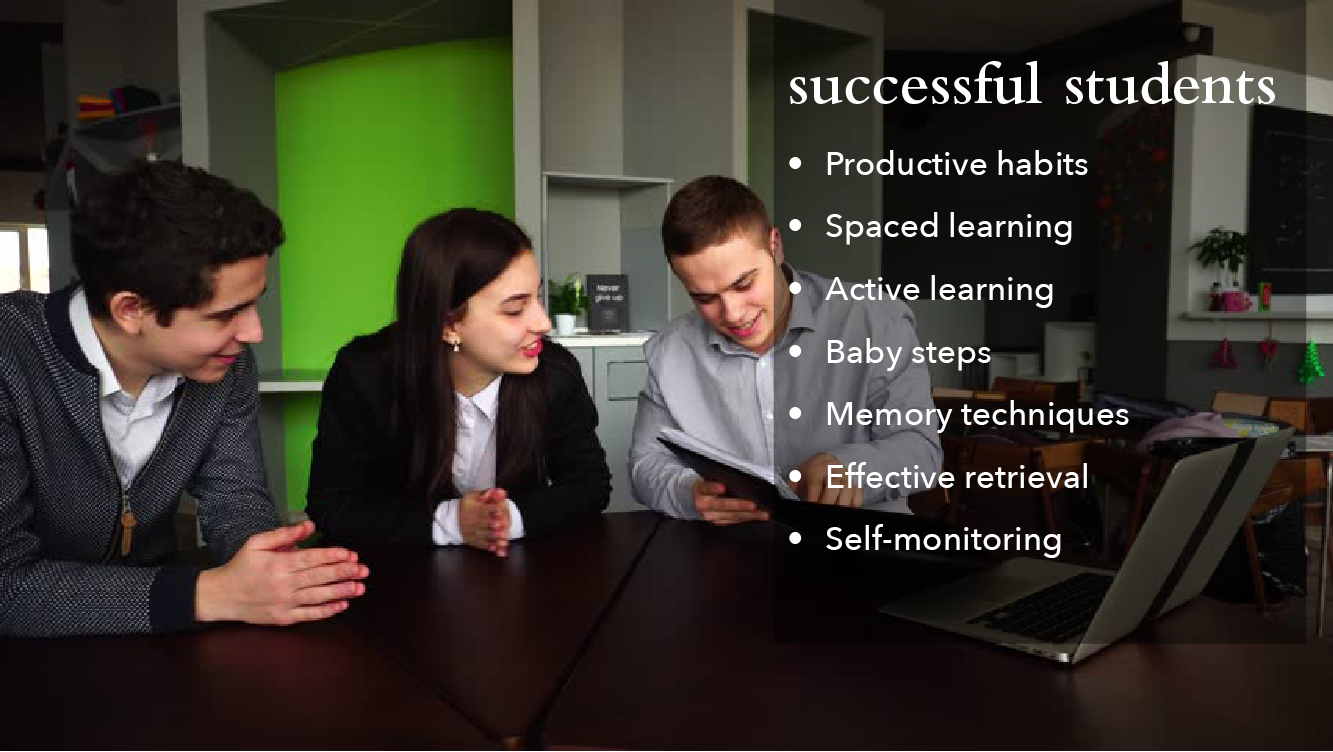
Passive vs. Active Learning
“Passive learning is when you simply read and re-read material, or listen to it on audio over and over again. People engage in this type of passive learning on the assumption that repeated exposure to material will result in learning that material. By contrast, active learning is when you create flashcards, summary sheets, take practice tests, set yourself challenges, and constantly dig deeper into elements you are having trouble understanding. Active learning may require more initial effort, but in the long run it could save you hundreds of hours.”
Don’t Trust in Google
“When it comes to learning, it’s easy to think that everything we need can be found on Google. However, to truly master a field of knowledge and sediment it in your long-term memory, you need to do more than simply memorize isolated facts. Rather, you need a foundation of knowledge that can become a basis for conceptual thinking, contextual reasoning, and the ability to for schemas out of that knowledge. All of this requires a deep familiarity with your subject that cannot be achieved by simply Googling what you need to know.”
Take Baby Steps
“Baby steps are especially important when a person is trying to learn material or master a field of study. Through cramming and massed practice, anyone can learn something quickly. However, to truly master a field, one needs to study it consistently over time—little and often. Baby steps lend themselves to this type of necessary consistency. Baby steps also help to shift the focus to small wins that can accumulate over time to help you reach larger goals.”
Self-Monitor Towards SMART Goals
“Self-monitoring is especially important in the learning process. Whatever you are trying to learn, whether it’s a foreign language or the material you need to know for the psychology licensure exam, you should break your goals into manageable steps and have a clear way of monitoring your progress in each of these steps. Self-monitoring enables a person to continually adjust their goals so that they can be SMART. A goal that is SMART is one that is specific, measurable, achievable, results-focused, and time-bound.”
To read the entire article, click on the link below:


